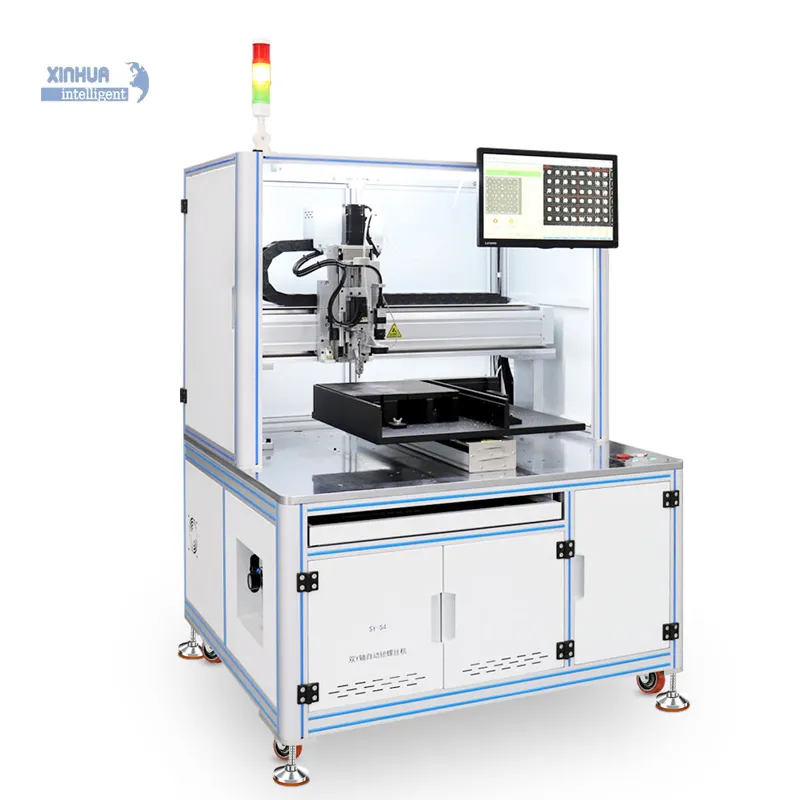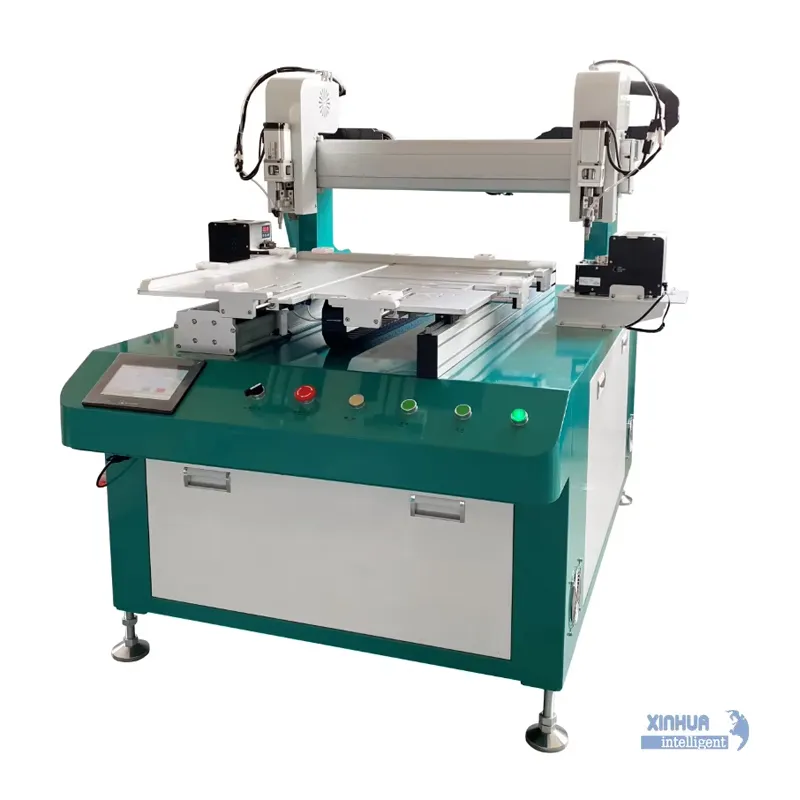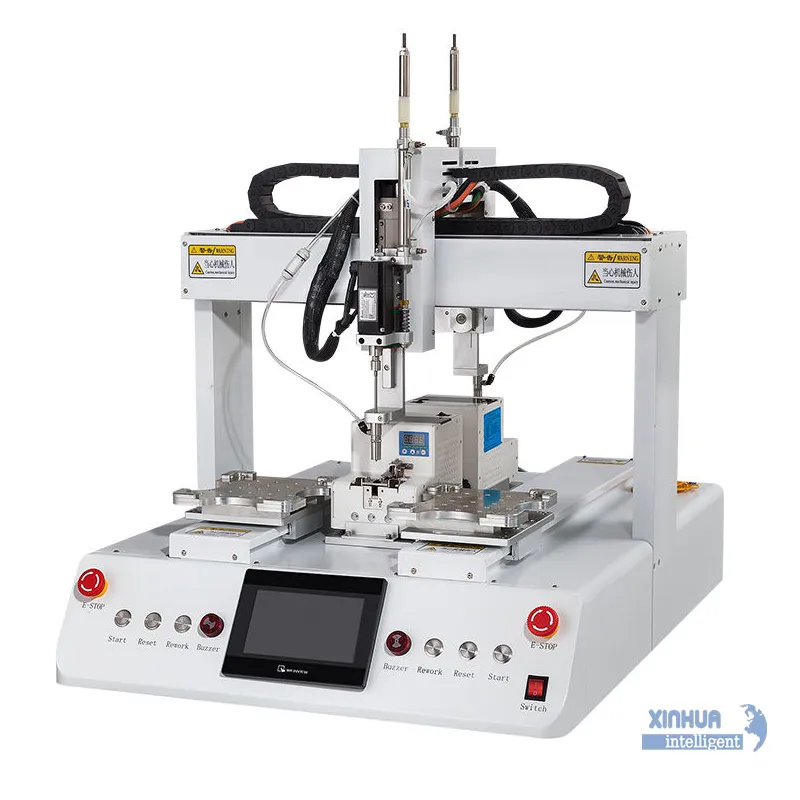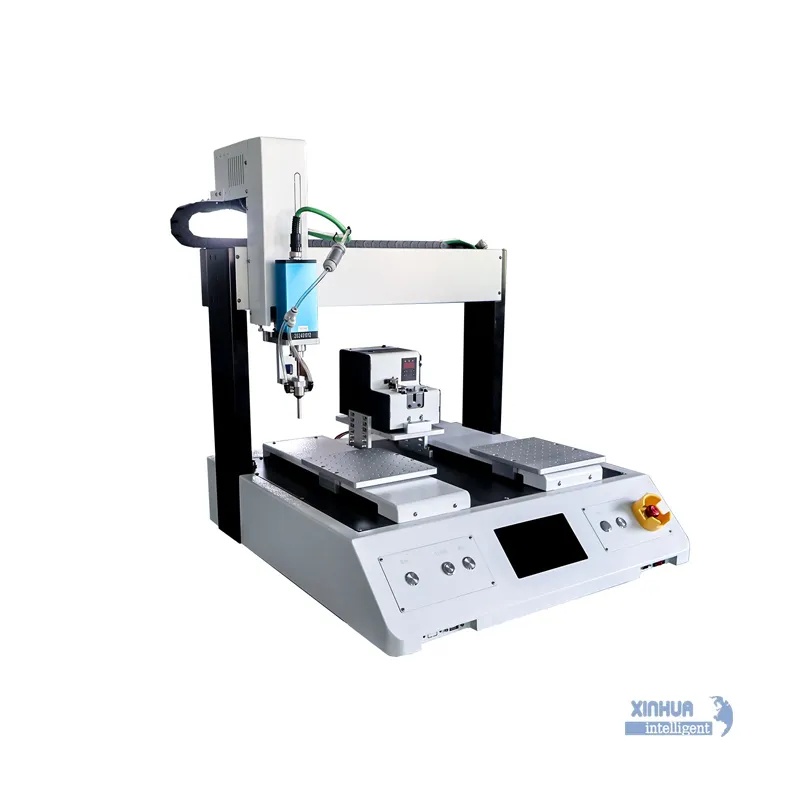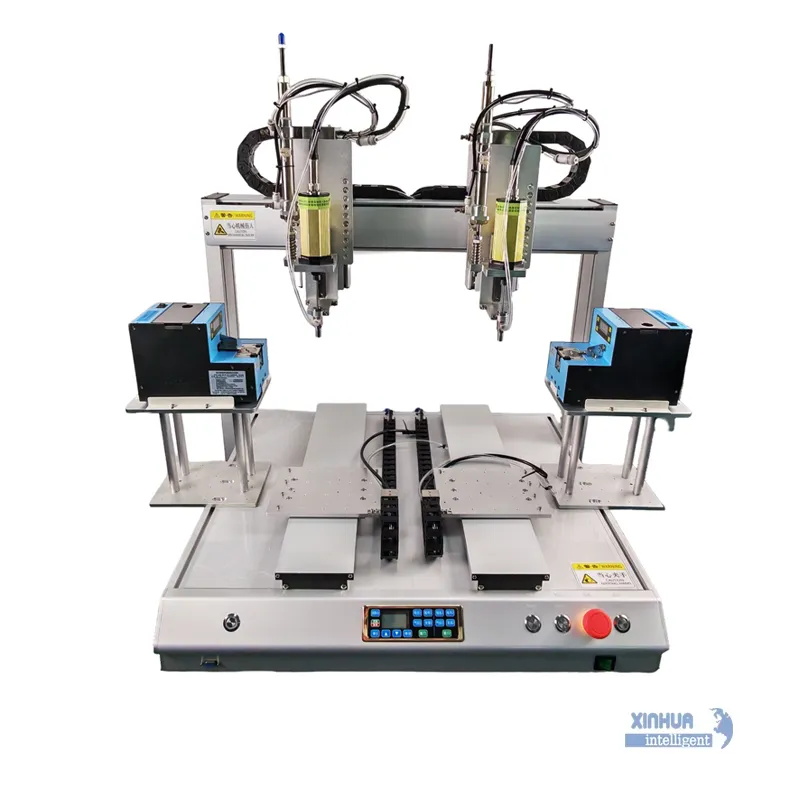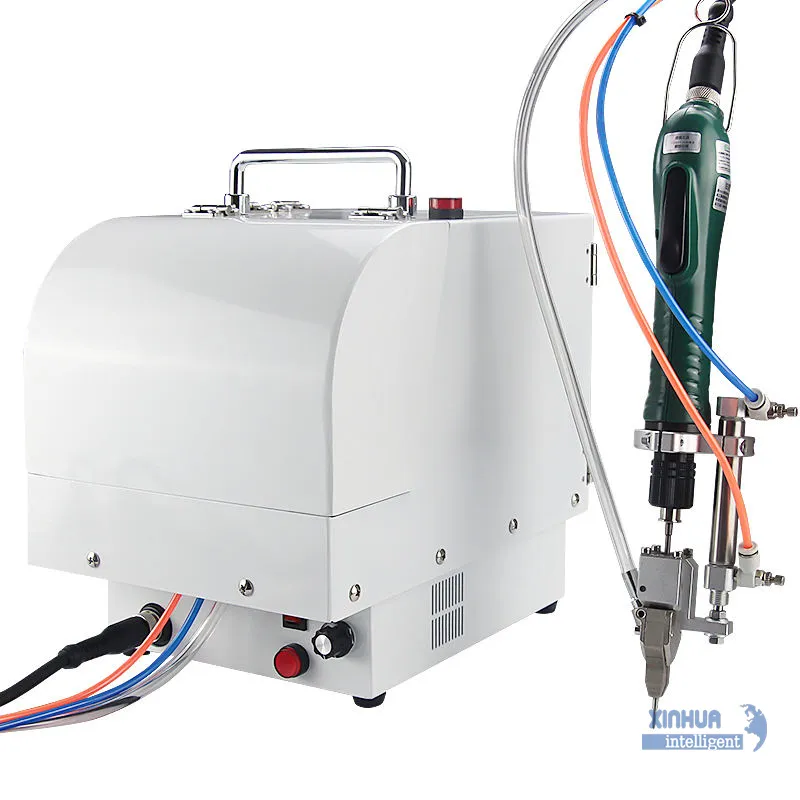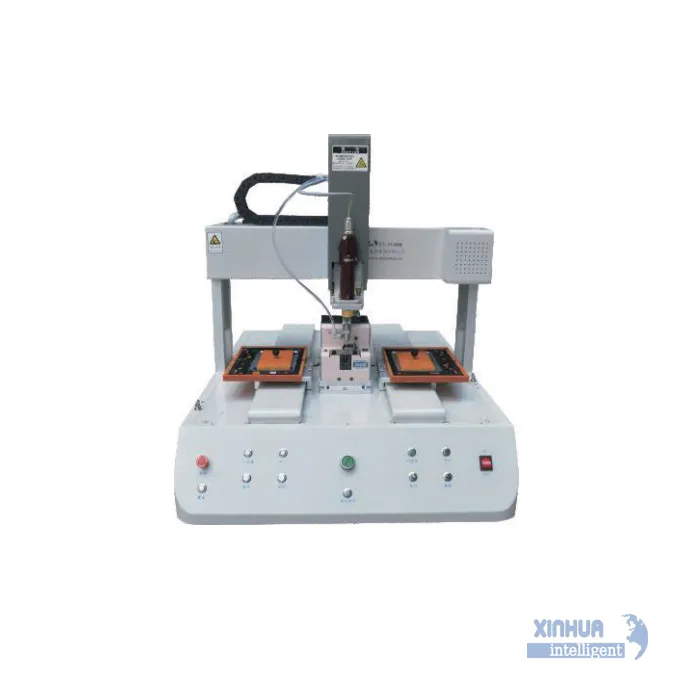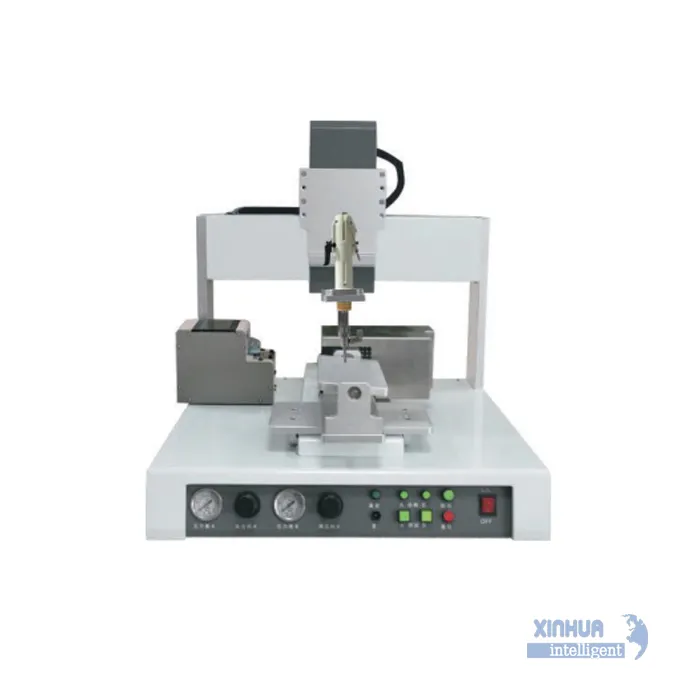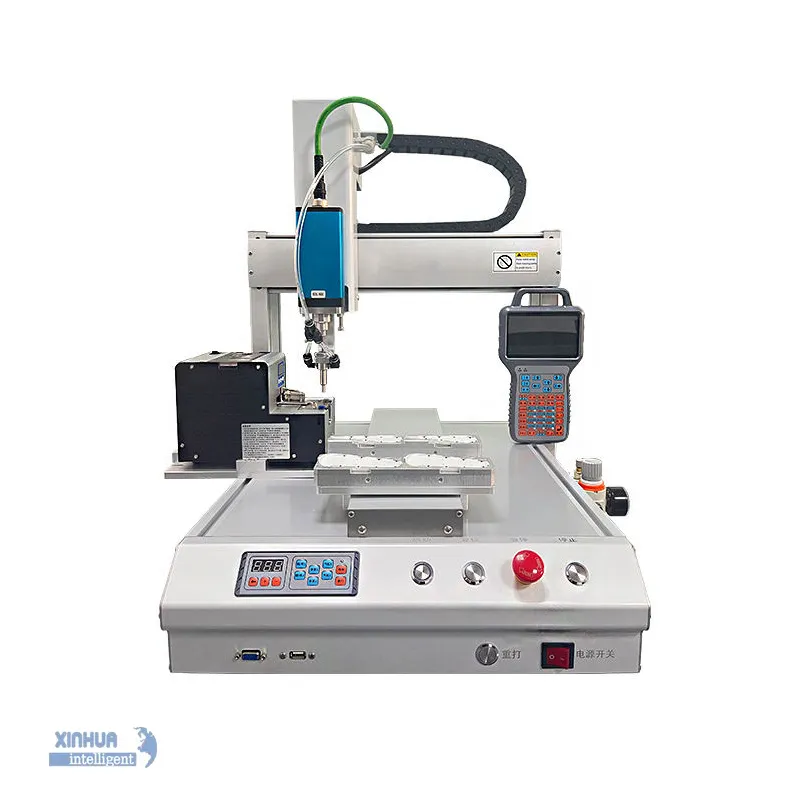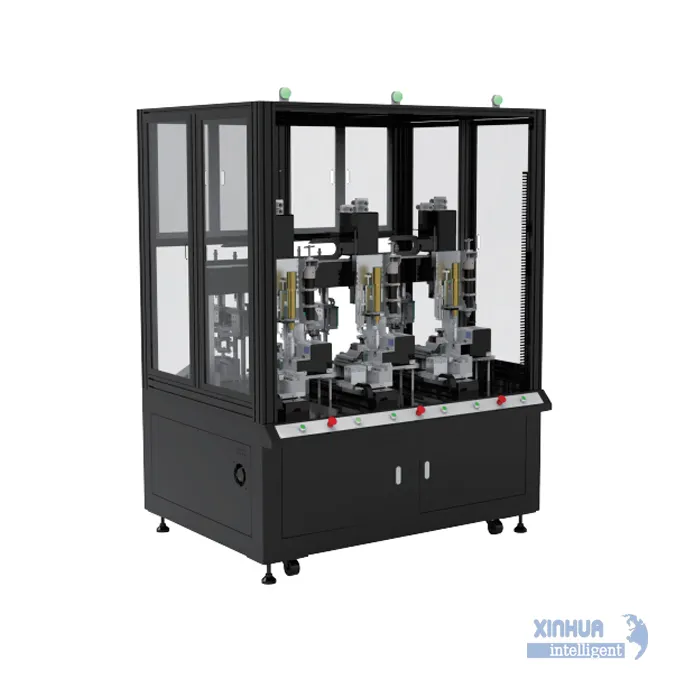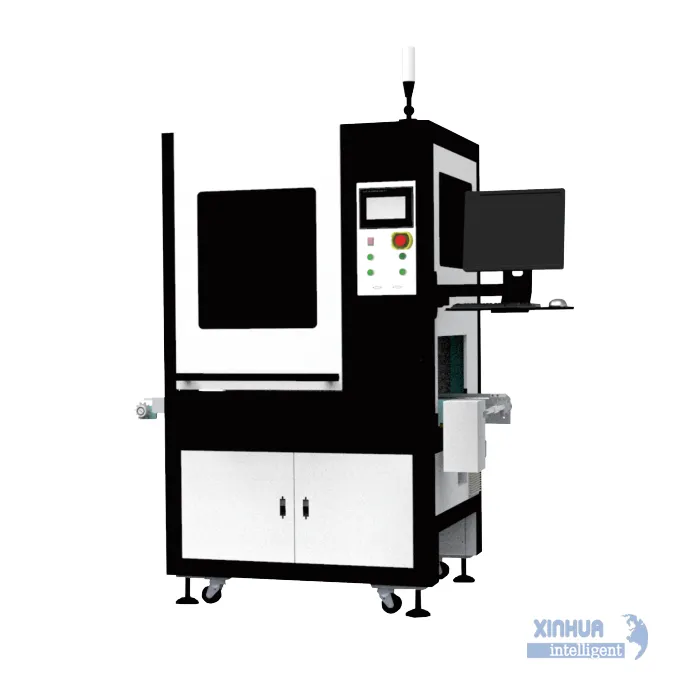How they accommodate different sizes:
- Modular Feeders: Specialized feeders and drivers can be adapted or swapped to accommodate different screw sizes and types.
- Swapping Components: Components like the feed head and bit adapter can be changed quickly on the same work cell to accommodate new screw sizes, shapes, or lengths.
- Smart Systems: Advanced robotic systems can include features like a CCD vision system that automatically detects screw hole positions. Some systems can even handle screws up to M6.
- Internal Retraction: Some robotic screwdrivers have a built-in retraction feature that pulls screws inside the tool when moving, simplifying programming and reducing robot arm movement.
Limitations and considerations:
- Specialized Feeder Systems: For highly specialized screws or requirements that don't match common types, a more specialized feeder system may be necessary.
- Accuracy Required: For robotic systems to perform reliably, the location and alignment of the parts being worked on must be consistent.
- Part Fitment: The screw's head shape must be suitable for automated handling. Slotted or flathead screws can be more difficult for machines to handle than hex or Torx heads.

